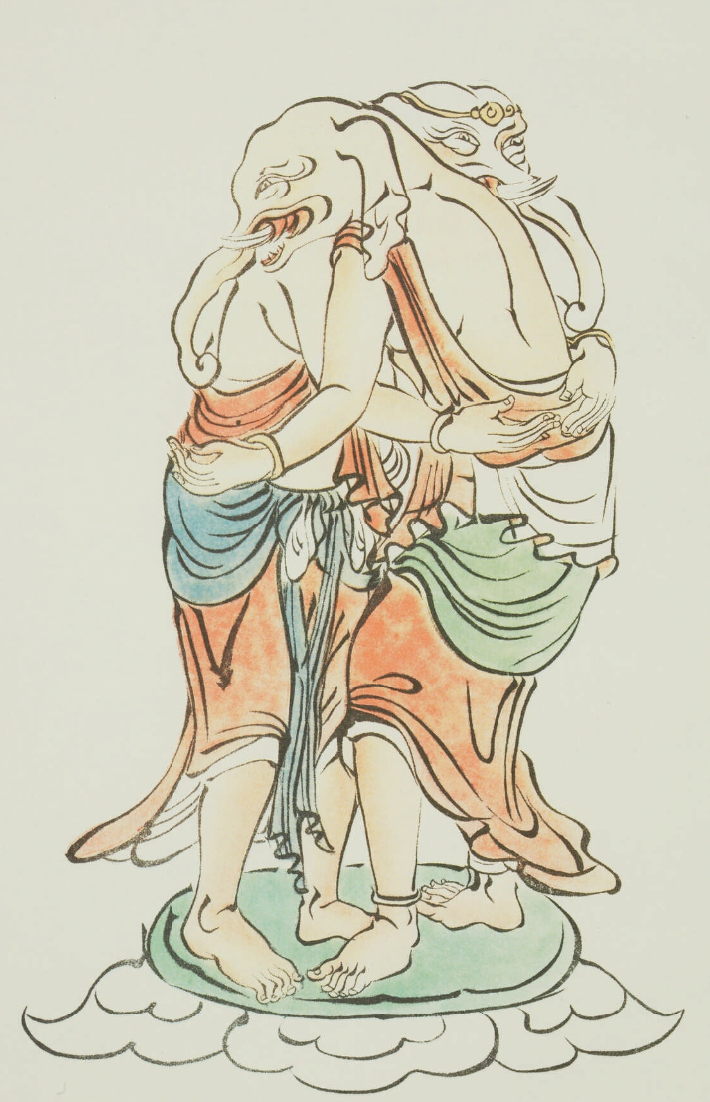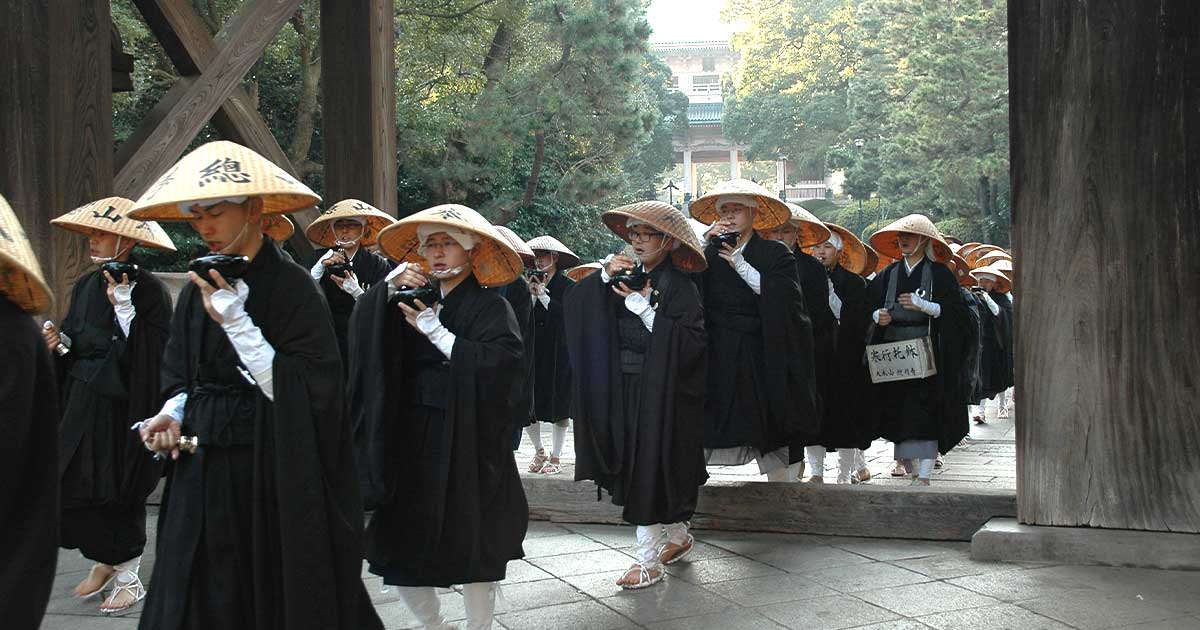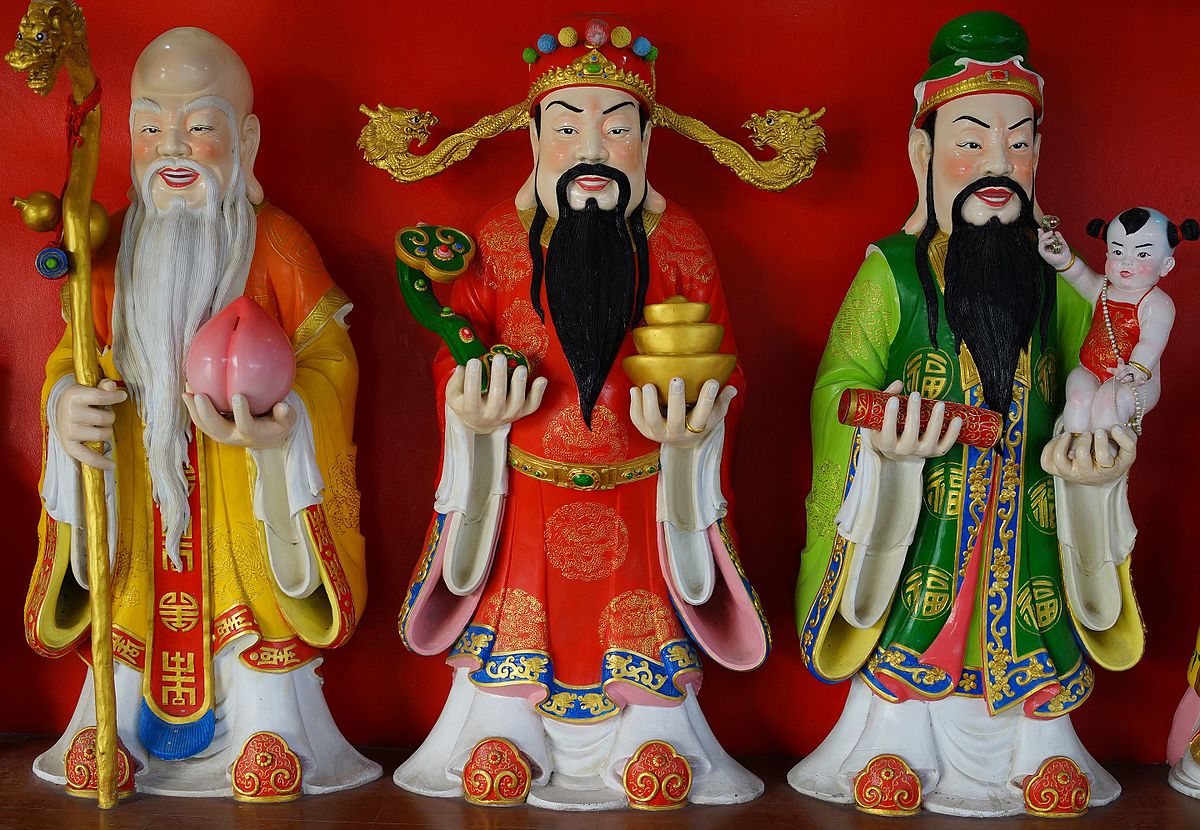Again, so many lovely expressions of what an altar can be. What I particularly love here is the sheer variety - and how so much of us personally is expressed in the outward form of a shrine, something univeral yet deeply personal.
Thank you everyone
Gassho
Meitou
sattoday lah
Thank you everyone
Gassho
Meitou
sattoday lah

 for positive poetry 優婆塞 台 婆
for positive poetry 優婆塞 台 婆




.jpg)


Comment